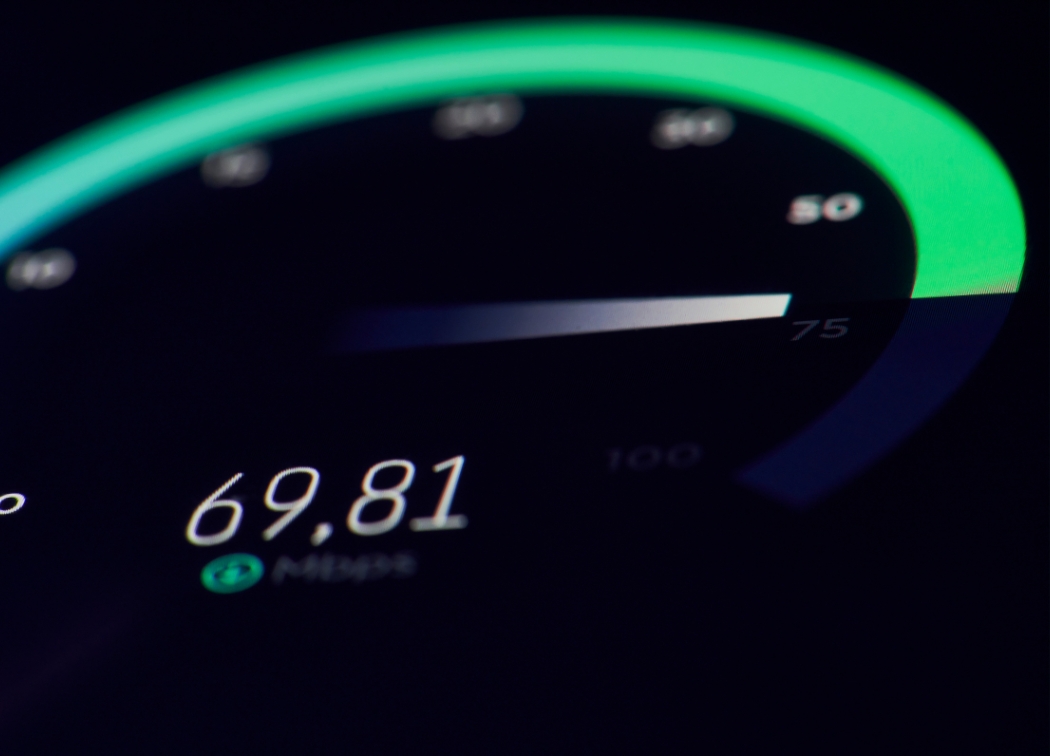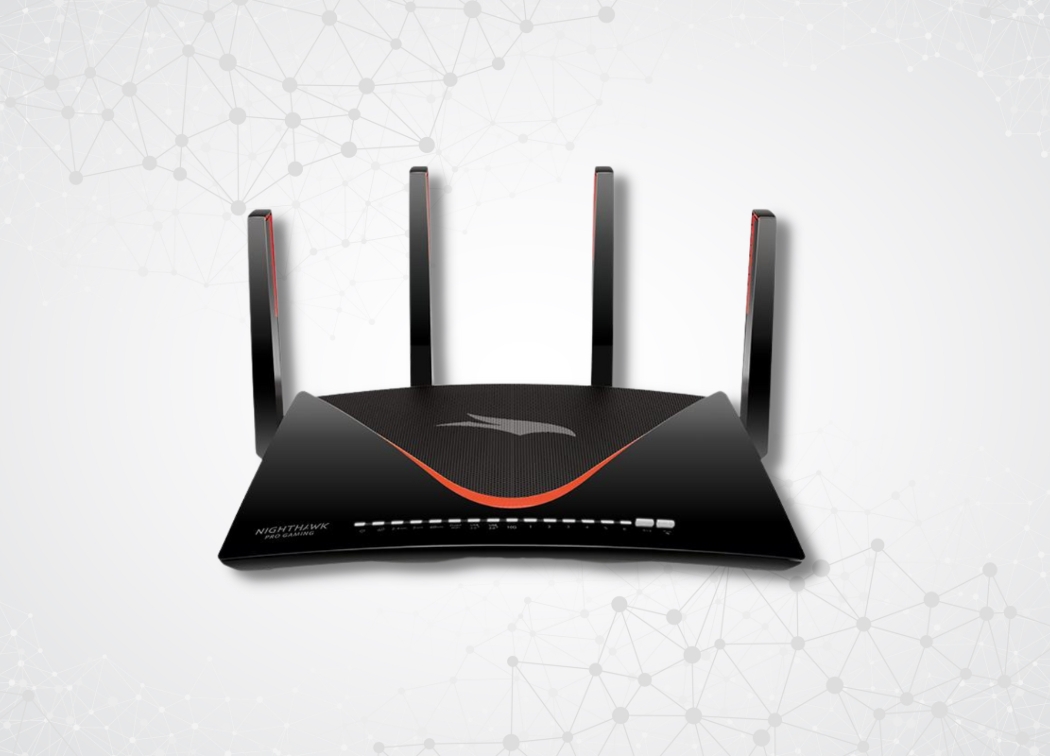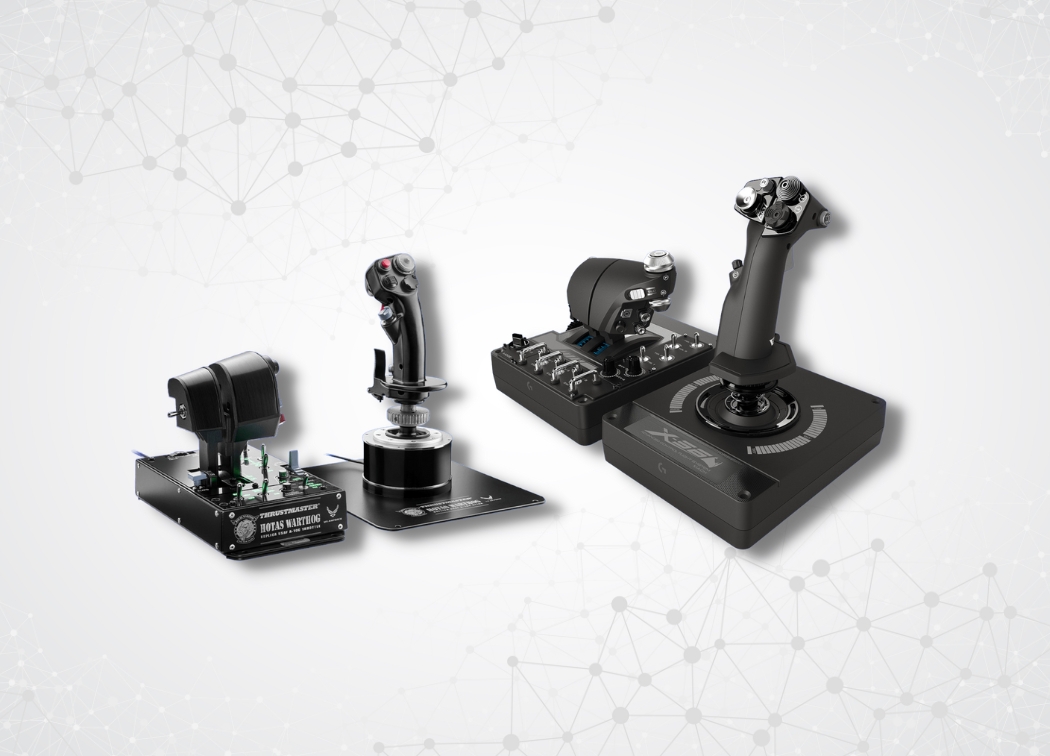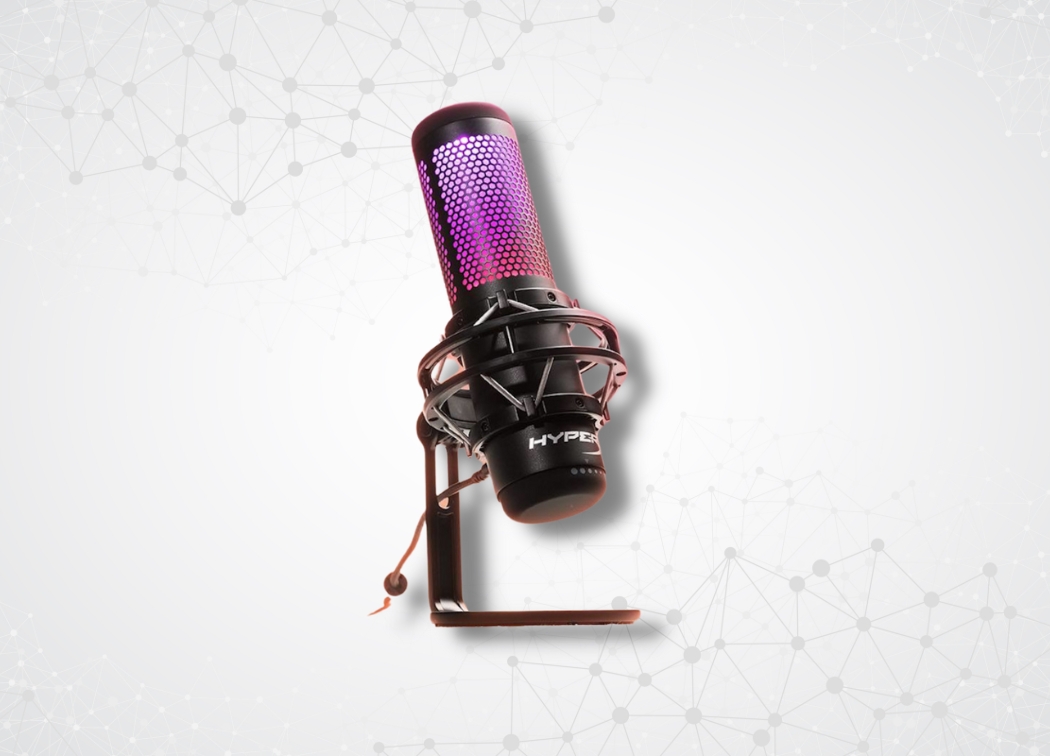Computer peripherals have made the use of ports essential on your PC. HDMI and USB ports can be seen on any modern computer, but now we’re seeing new terms pop up that are a bit confusing.
One of the terms is Thunderbolt.
Related: HDMI switch buyer’s guide

A Brief History of Thunderbolt Ports
Thunderbolt ports are not new, and they have been around since the late 2000s.
But as times have changed, this port type has gone under several advancements. We’re now at the Thunderbolt 3 stage, and this is the most dramatic advancement in the port’s technology we’ve seen.
You have to understand that USB ports have become a standard during this time, so the need for a Thunderbolt port was much less important.
Hardware designers chose to incorporate USB ports rather than Thunderbolt ports into peripherals.
When USB became the standard, you would find these ports on everything, from laptops to desktops and at the end of charging cables.
Apple helped Thunderbolt bring their technology to the masses, so for the first year of the technology’s existence, Thunderbolt ports were only available on Macs.
A mistake by the company was to not bring their port to the masses when Intel wanted it to bring Thunderbolt ports to the PC.
Exclusivity was a problem because any time a technology is exclusive to a certain product or manufacturer, the price skyrockets.
Cords became very expensive, so a lot of consumers didn’t want to use Thunderbolt ports.
What was the purpose of Thunderbolt?
Well, Thunderbolt wanted to offer:
- Flexible connections
- Powerful connections
Cords and cables at the time weren’t powerful enough for high-resolution displays or external storage, particularly for laptops.
We would see Thunderbolt 2 in 2014, and this was a major advancement over the original Thunderbolt port.
New cables were introduced that would be able to offer a single, 20 GBps bi-directional channel that could power more power-intensive peripherals.
It was all about speed, and nothing could compare to the speed that the Thunderbolt 2 ports were able to offer.
DisplayPort standards were also incorporated into the design because of the two technologies needing to work together.
At the time, 4K was a new technology that was just seeing the light of day, and the Thunderbolt 2 port was able to work with the port.
Support for the technology, which was only in its infancy, gave Thunderbolt an advantage over other ports. This is because consumers knew that they would have compatibility when 4K came to the mainstream.
Apple devices used Thunderbolt ports, but with Thunderbolt 3 and the emergence of USB-C, we’re starting to see Thunderbolt ports on laptops and PCs – not just Apple devices.
Thunderbolt 3 Ports and the Move Forward
Thunderbolt ports have a purpose, and we’ll discuss this shortly.
The technology used the DisplayPort connection, but when USB-C started to become popular.
So, the developers of Thunderbolt decided it was time for a major change.
Thunderbolt 3 would switch to the USB-C connection, which is a very powerful connection that allows for better overall power and speeds.
USB-C advanced on the USB ports we normally see, allowing for up to 15 watts of power fed to devices and up to 100 watts for charging devices.
USB-C is the future of computer connections, so Thunderbolt has adopted the USB-C connection to power their ports.
Older Thunderbolt ports will not be compatible with the new version of Thunderbolt without an adapter. So, this is a downfall, but the new Thunderbolt 3 is far more powerful than in the past.
With these ports, you can do a variety of things:
- Output 4K at 60 Hz to two monitors
- Connect to other, external GPUs
- Charge a variety of devices at rapid speeds
- Transmit data at 40 Gbps
But not all USB-C ports are Thunderbolt 3 compatible. You’ll want to look for a small thunderbolt symbol near the port to determine if it’s compatible with Thunderbolt or not.
A lot of people that just use their computer or laptop for word processing may not appreciate these advancements. But gamers and developers will definitely appreciate Thunderbolt 3.
Sharing ports with the USB-C is very advantageous, too. Since the ports are shared, this allows Thunderbolt ports to be added to slim laptops and devices.
They’re using the same ports for Thunderbolt 3, making it a no-brainer for manufacturers to make use of USB-C and Thunderbolt 3 together.
The benefit to consumers and developers is that the Thunderbolt 3 port will be more widely available.
USB-C devices can be plugged into the port, but the speeds will be USB-C speeds rather than the fast speeds offered by Thunderbolt 3.
But in general, for running more power-intensive devices and peripherals, Thunderbolt is the way to go and offers superior speeds compared to USB-C.
Related posts:






